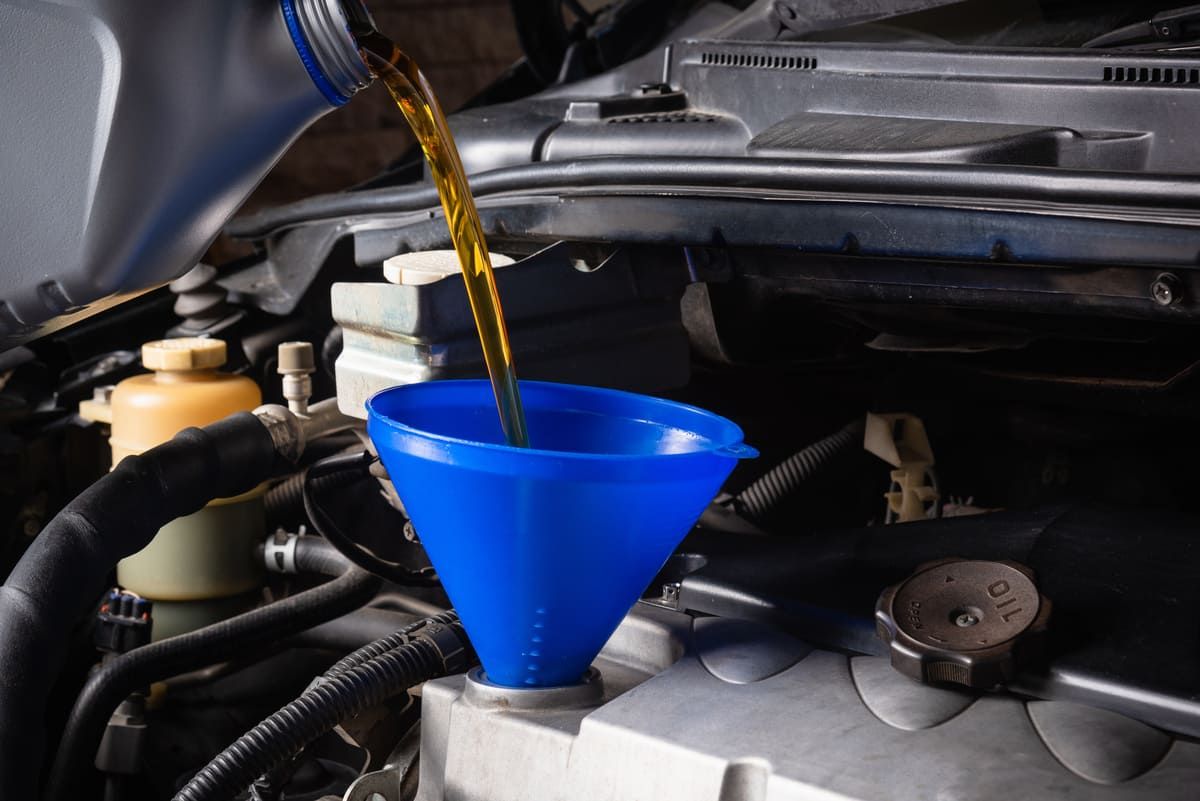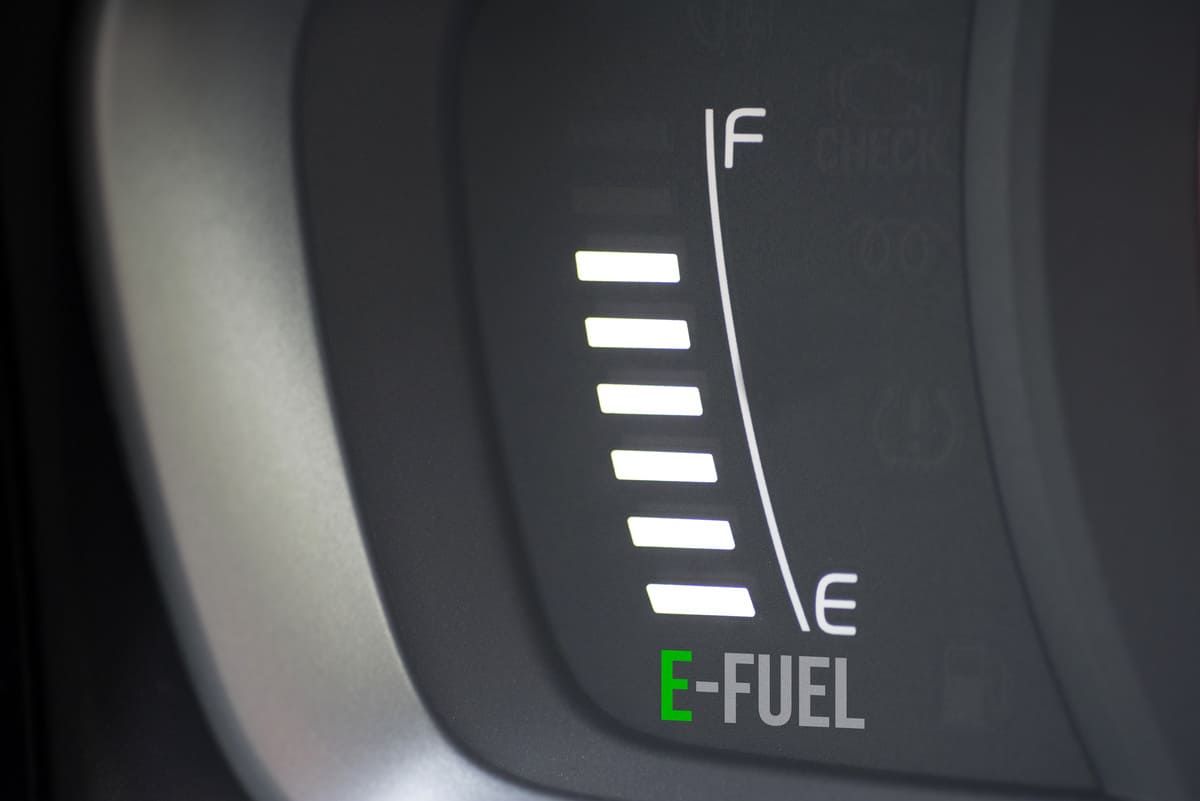>
Blog>
Synthetic Fuels ExplainedSynthetic Fuels Explained
Petrol and diesel cars have been firmly in the crosshairs of environmental legislation in recent years, thanks to the large amount of pollution they pump into the atmosphere, and the limited supply of fossil fuels they use to do so.
Synthetic fuels may pose a solution to both these points, all without needing extensive modifications to existing vehicles. But what exactly are synthetic fuels, how are they made, and are they the answer to the impending 2030 petrol and diesel ban?
What are synthetic fuels?
Synthetic fuel, also known as e-Fuel, is an alternative to petrol or diesel, but instead of being a refined version of the oil found naturally in the Earth's crust, it's a man-made fuel, produced through complex and innovative processes.
You may have heard of synthetic oil for use in your engine, as they are commonly specified for use in modern vehicles; however, synthetic fuel doesn’t follow quite the same method. Whereas synthetic engine oil starts with crude oil, the constituent parts of synthetic fuels are all extracted in a renewable way, and even the energy used comes from renewable methods such as solar and wind.
How are synthetic fuels made?
At the most basic level, synthetic fuels are a blend of carbon and hydrogen to form a liquid hydrocarbon fuel. Almost all fuels we use are hydrocarbons, from natural gas to diesel.
Hydrogen is gathered by extracting it from plain old water, in a process called electrolysis. Whilst it sounds relatively simple, this takes large amounts of energy to do. The other ingredient, carbon, is ideally captured from the large amounts of carbon dioxide in the air, but can also come from processed biomatter.
Once collected, the hydrogen and carbon are combined and refined into petrol or diesel, depending on the materials used and processing involved.
Does synthetic fuel work in normal cars?
Yes, the main selling point of eFuels is that they work as direct replacements for fossil-based petrol and diesel. The reliability, economy and performance would be matched by way of additives, just as synthetic engine oils are made.
Why do we need synthetic fuels?
An alternative to fossil fuels has been a priority for many years, due to both their polluting nature and the finite quantity of crude oil needed to produce them. Thanks to the way e-fuel is made, it is a CO2-neutral process, meaning it does not add CO2 to the atmosphere in the same way burning fossil fuels does.
This means we can limit the effect our cars have on the environment, and add another option for those not yet ready or able to switch to electric. The prospect of synthetic fuels is so promising that an exemption to the EU 2035 petrol car ban was added.
One of the companies leading the way in synthetic fuel development is Porsche, most likely because the bulk of their business and prestige is from high-performance sports cars such as the 911, and they are famous for their incredible engines.

Are synthetic fuels cleaner?
Whilst they do still emit CO2 into the atmosphere when burnt in an engine, eFuels are made by capturing carbon dioxide out of the air, meaning their carbon emissions are effectively neutralised.
However, one aspect that is not cleaner is the nitrogen oxide emissions; in some cases these have been found to be higher than when using conventional petrol fuel, the same can be said for carbon monoxide and ammonia.
What are the downsides of synthetic fuels?
Synthetic fuels aren’t widely used currently due to both cost and availability. The largest plant in the world in Chile is predicted to output around 55 million litres of eFuel in 2025, which sounds good until you learn that the UK alone uses around 17 billion litres of petrol.
Because of this scarcity, the price is also very expensive, and with the amount of energy needed to produce it, it's not likely to come down to a price near that of normal fuels in the next few years.
Another downside, especially when compared to electric vehicles, is the emissions that are still released when burned. As we discussed above, the NOx and carbon monoxide levels can actually be higher in some cases. This, coupled with the carbon dioxide emissions, means eFuelled vehicles will still need to be controlled in cities and large towns.

Will synthetic fuels replace EVs and Hybrids?
Time will tell, but looking at the figures, it seems unlikely, at least for the majority of drivers. What may well happen is that synthetic fuels become available for those wanting to use older performance or vintage cars.
For the masses, though, eFuels will simply be too expensive to justify; hopefully, the cost of purchase and charging infrastructure of EVs will improve before the 2030 deadline.
Author - Joseph Law
Joseph has been writing about cars for over seven years and writing for Bumper for over two, blending his passion for automobiles with a talent for storytelling.
Joseph has written about engineering and cars for Autozilla, Komaspec, and several engineering manufacturers. When he's not writing or tinkering with one of his cars, Joseph dreams of owning an Alfa Romeo 33 Stradale.
Related Posts